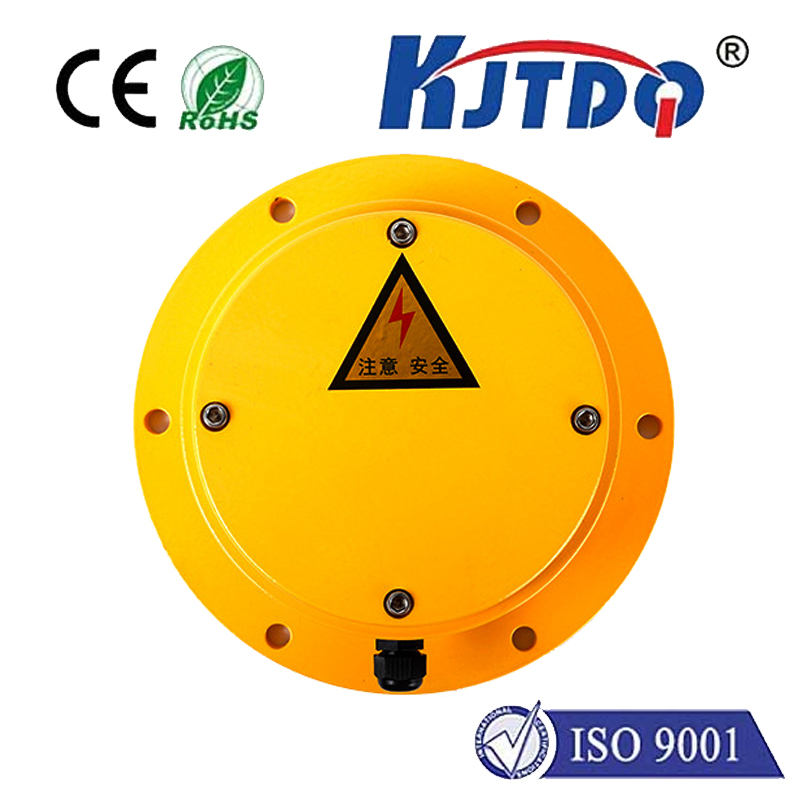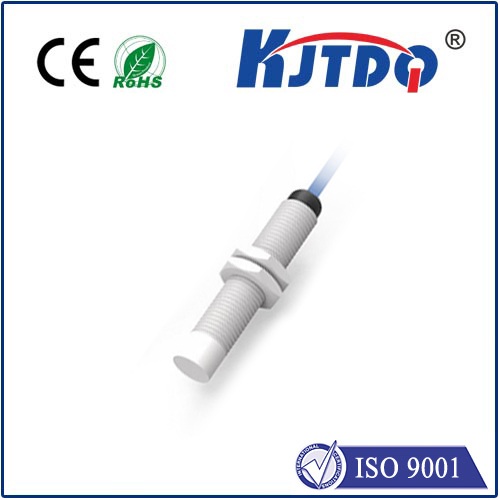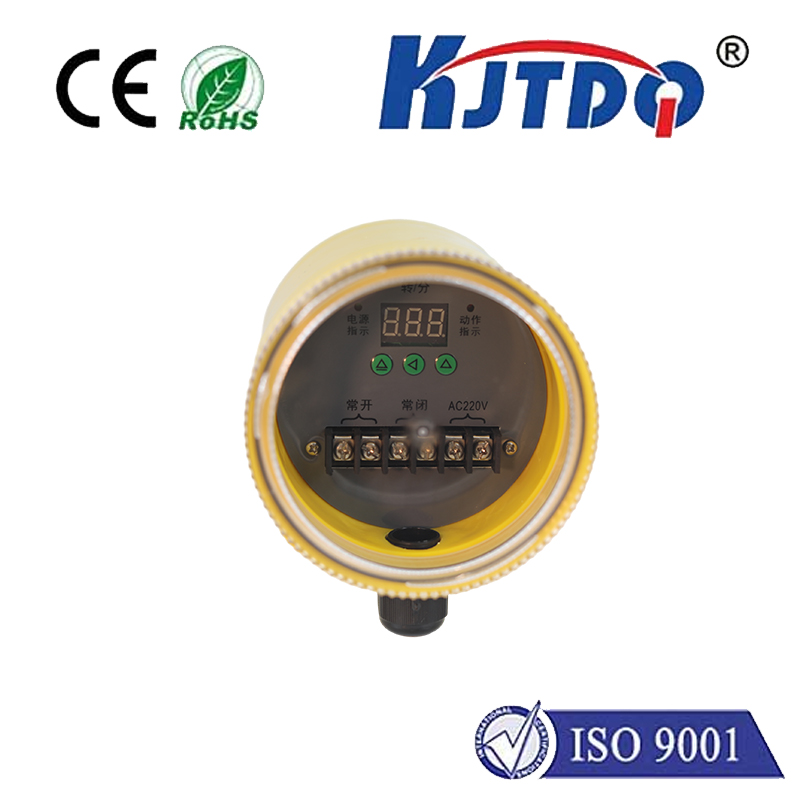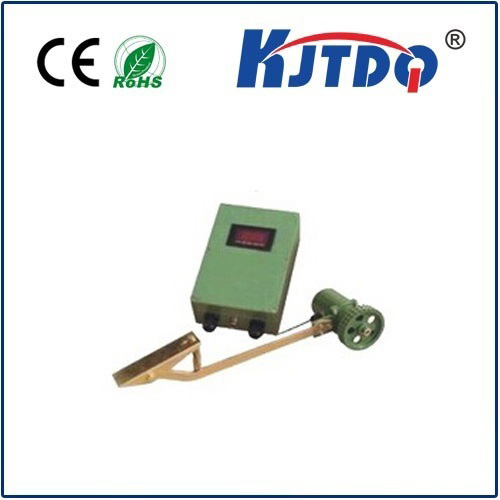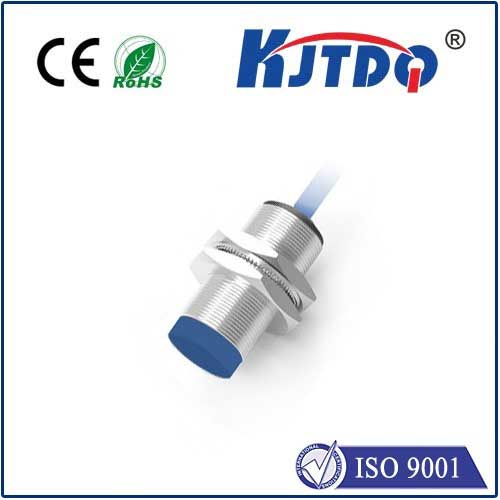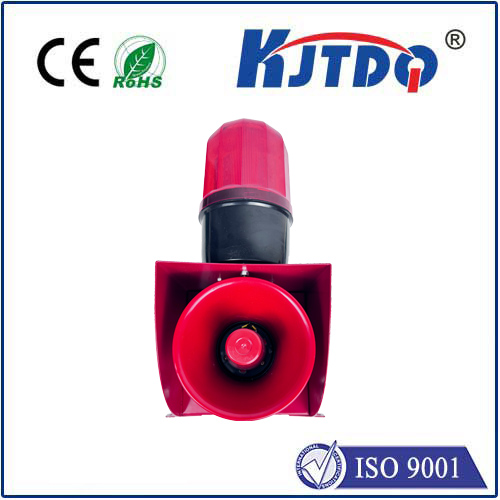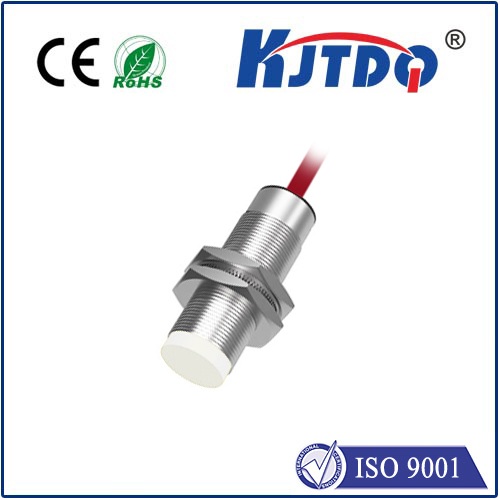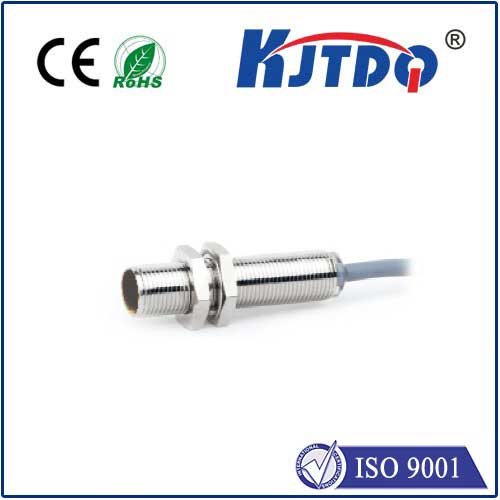
check

check

check

check
Title: Unveiling the Power of Magnetic Proximity Sensors In the realm of modern technology, magnetic proximity sensors play an indispensable role. These ingenious devices have revolutionized how we interact with our environment, offering precise and reliable detection capabilities across various industries. In this article, we will delve into the world of magnetic proximity sensors, exploring their functionality, applications, and why they are a game-changer in today’s technological landscape.
Magnetic proximity sensors are specialized electronic components designed to detect the presence or absence of a magnetic field within a specific range. Unlike traditional contact-based sensors, these devices operate without physical contact, relying on the magnetic properties to provide accurate measurements. By utilizing the principles of magnetism, these sensors can precisely identify the proximity of metallic objects, making them ideal for a myriad of applications.

At the heart of every magnetic proximity sensor is a magnetoresistive element or a Hall effect sensor. When a magnetic object comes into close proximity, it alters the magnetic field around the sensor. This change in magnetic flux is then detected by the sensor, triggering an electrical signal that can be easily interpreted by electronic systems. The non-contact nature of magnetic proximity sensors ensures longevity and reliability, even in harsh operating conditions.
The versatility of magnetic proximity sensors makes them invaluable across multiple sectors. In the automotive industry, they are employed to monitor the rotation of wheels, ensuring optimal performance and safety. In manufacturing, these sensors facilitate automation by accurately detecting the position of machinery parts, enhancing efficiency and precision. Additionally, in the consumer electronics domain, magnetic proximity sensors find use in smartphones for detecting the flip cover of the device, thus providing a seamless user experience.
One of the primary advantages of magnetic proximity sensors lies in their robustness and durability. Since they operate without physical contact, wear and tear are significantly minimized, leading to a longer operational lifespan. Furthermore, these sensors offer high precision and repeatability, ensuring consistent and accurate results. Their ability to function in adverse conditions, such as extreme temperatures and dusty environments, makes them a preferred choice for demanding applications.
As technology continues to advance, the capabilities of magnetic proximity sensors are poised to expand even further. With ongoing research and development, these sensors are expected to integrate more advanced features, making them even more efficient and versatile. Whether it’s enhancing automation processes, improving safety protocols, or creating more intuitive user interfaces, magnetic proximity sensors are set to play a pivotal role in shaping the future of innovation. In conclusion, magnetic proximity sensors represent a remarkable advancement in sensing technology. Their ability to provide accurate and reliable detection without physical contact has opened up a world of possibilities across various industries. As we continue to harness the power of magnetism, the potential for these sensors seems limitless, promising a future where technology becomes ever more integrated and intelligent.
